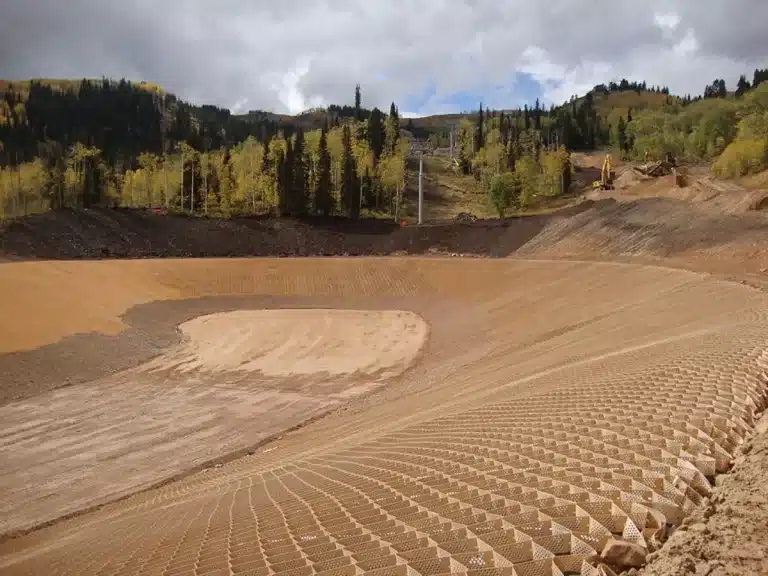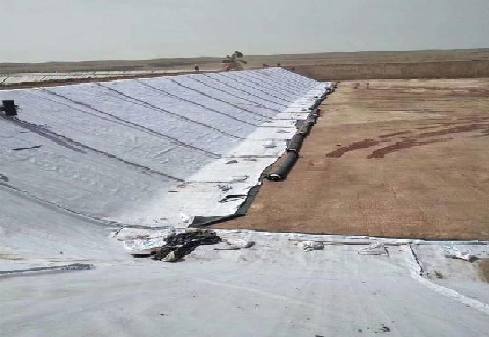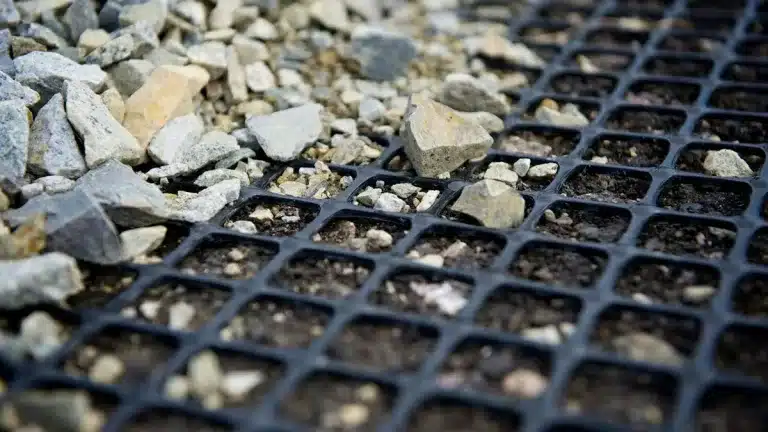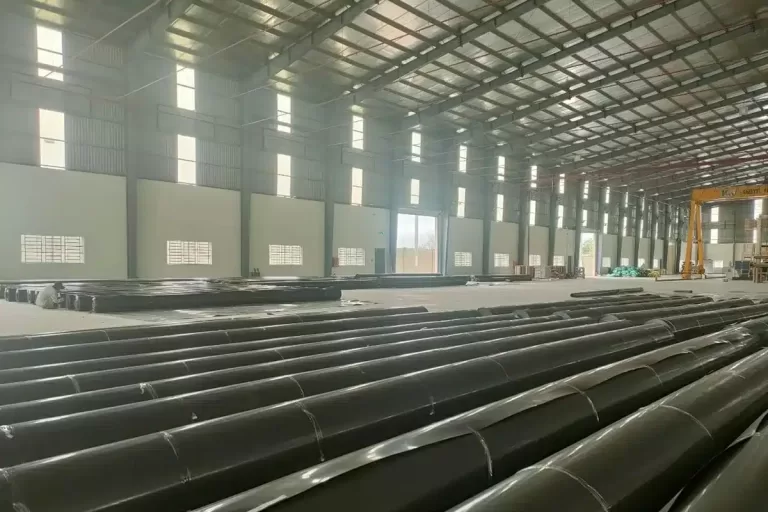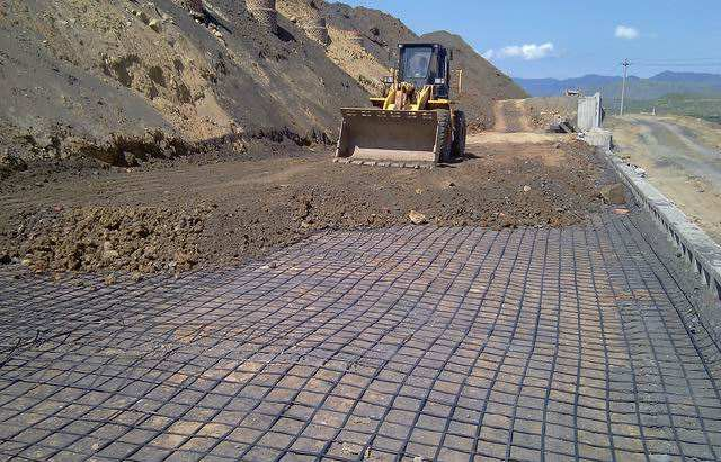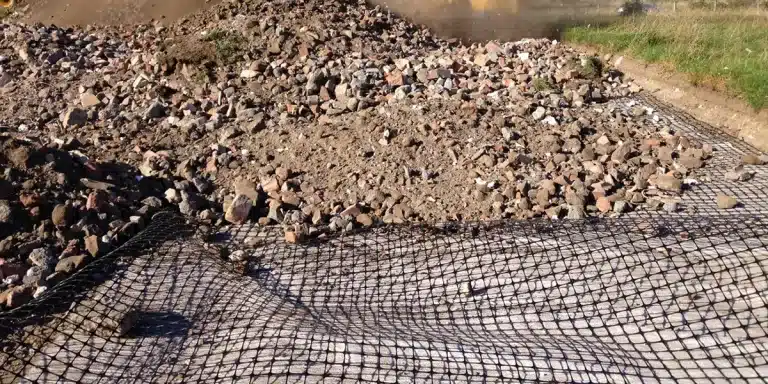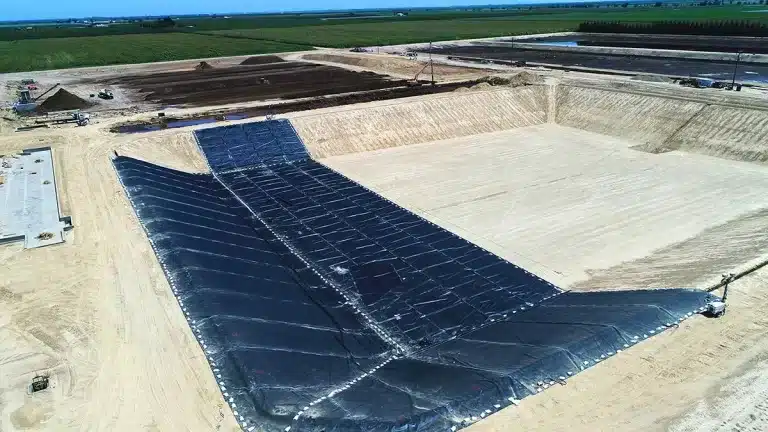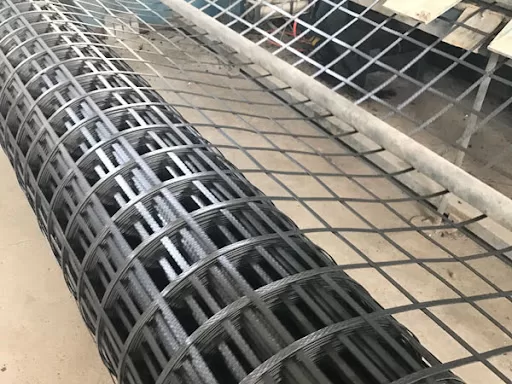Geocell Ground Stabilization Stakes: Materials, Uses, and Benefits Explained
Geocell ground stabilization stakes are an essential component of geocell systems, providing effective support and stability for soft or unstable soils. Geocells, which are three-dimensional honeycomb structures, are used to reinforce and stabilize ground surfaces, especially in challenging terrains or where there is risk of soil erosion. The stakes help anchor the geocell in place, preventing it from shifting and ensuring optimal performance. In this article, we will explore the role of geocell ground stabilization stakes, how they work, and why they are important for various ground reinforcement applications.

